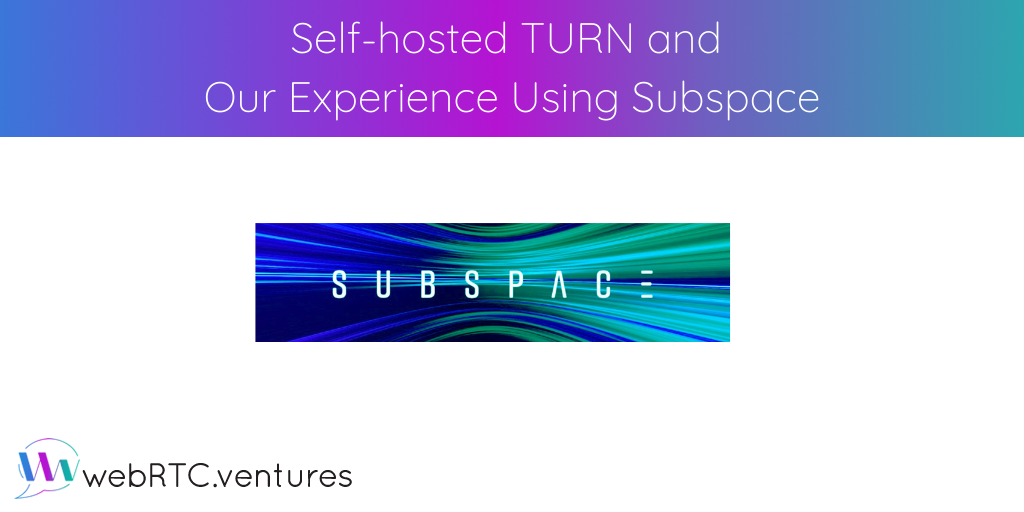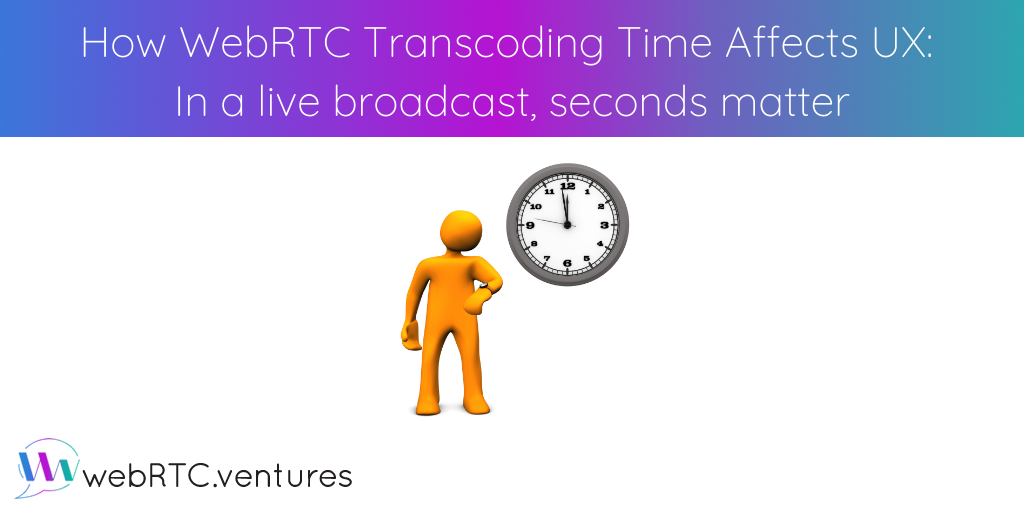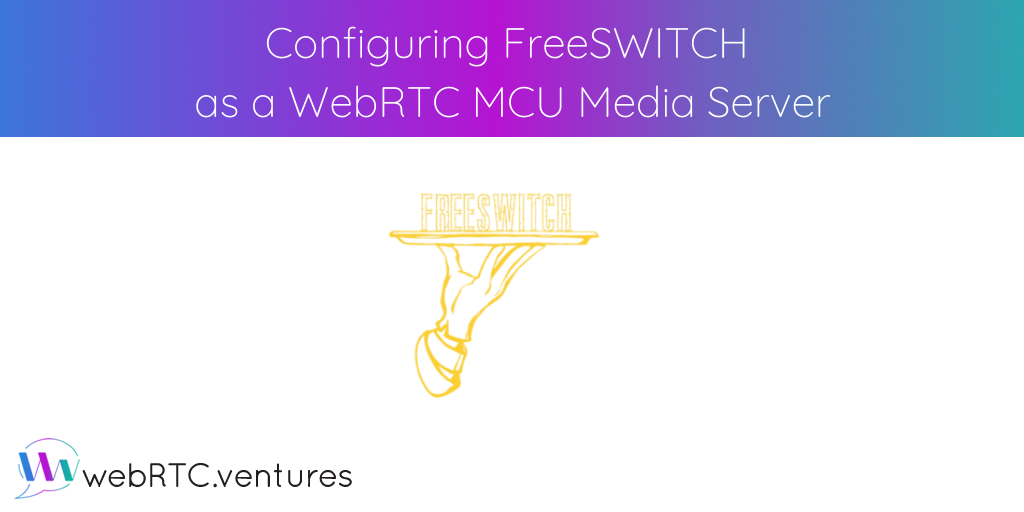You’ve got your WebRTC application ready. Now what? Once your WebRTC application is built and tested, the hard work is not over. Your DevOps strategy for deploying, monitoring, and managing your application’s performance will either become a strategic asset to your organization, or the weight that holds

TURN is a must for service reliability across firewalls and cross-network. A distributed point of presence setup across geographies can significantly lower the risk of packet loss as opposed to an uncertain dynamic route via the public internet. The WebRTC-CDN service provided by Subspace shows a significant improvement in packet loss, which leads to better stream reception for the remote endpoint.

HTTP Live Streaming (HLS) is a protocol commonly used to scale WebRTC video to large audiences. As interactive features are added within and alongside the WebRTC to HLS transcoding, increased latency can tank the user experience. Our team to the rescue.

MCUs are time-tested approaches to setting up conferences via bridges. Conference bridges add centralized call and media features like mixing, quality control, secure PIN-based access, and more. They are also ideal for connecting mixed streams with media pipelines for recording, broadcasting or plugging into machine learning models. Altanai shows us how to configure FreeSWITCH as a WebRTC Multipart conferencing server using a video mixer and conference bridge.






